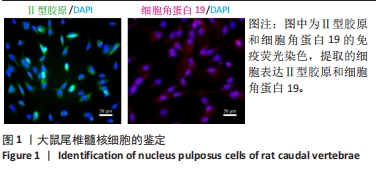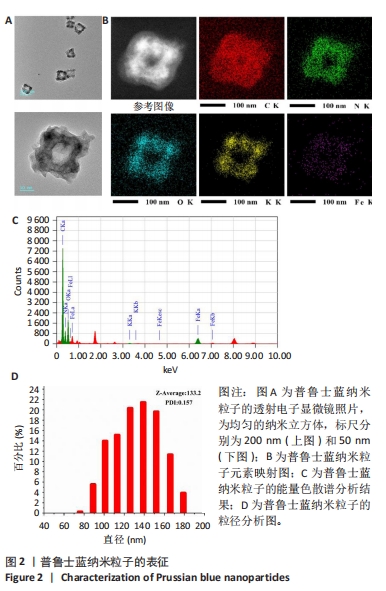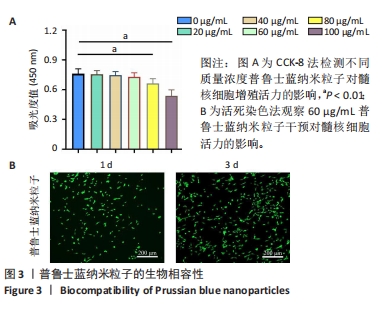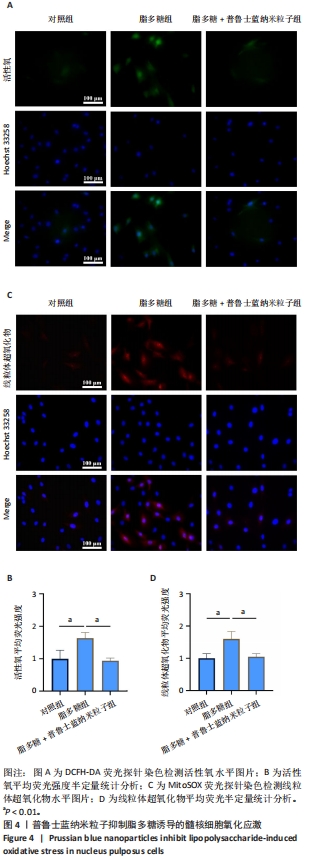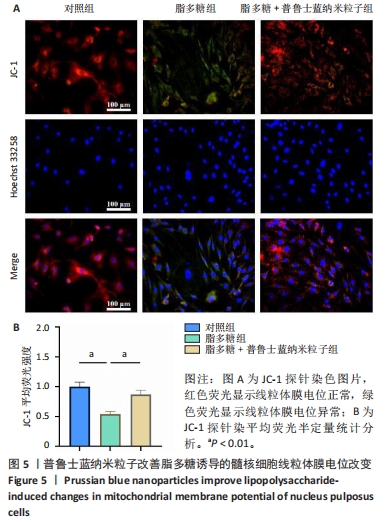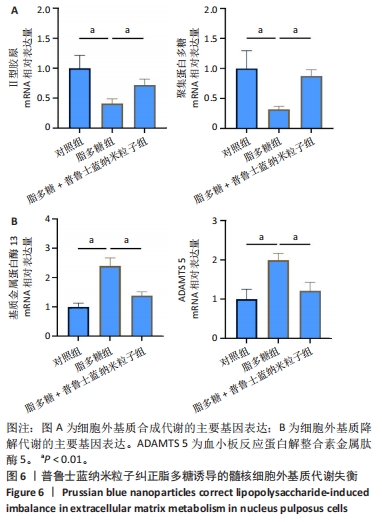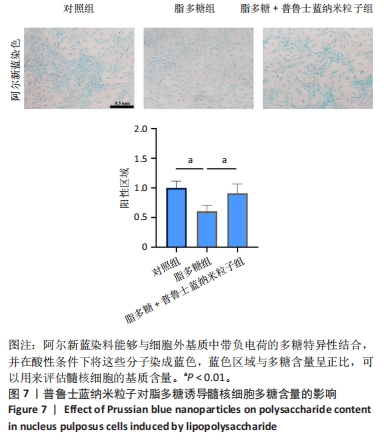[1] WANG Y, VIDEMAN T, BATTIÉ MC. ISSLS Prize Winner: Lumbar Vertebral Endplate Lesions: Associations With Disc Degeneration and Back Pain History. Spine (Phila Pa 1976). 2012;37(17):1490-1496.
[2] COSTĂCHESCU B, NICULESCU AG, TELEANU RI, et al. Recent Advances in Managing Spinal Intervertebral Discs Degeneration. Int J Mol Sci. 2022;23(12):6460.
[3] BIBBY SR, JONES DA, LEE RB, et al. The pathophysiology of the intervertebral disc. Joint Bone Spine. 2001;68(6):537-542.
[4] PENG BG. Pathophysiology, diagnosis, and treatment of discogenic low back pain. World J Orthop. 2013;4(2):42-52.
[5] LIU C, GAO X, LOU J, et al. Aberrant mechanical loading induces annulus fibrosus cells apoptosis in intervertebral disc degeneration via mechanosensitive ion channel Piezo1. Arthritis Res Ther. 2023; 25(1):117.
[6] SAMANTA A, LUFKIN T, KRAUS P. Intervertebral disc degeneration—Current therapeutic options and challenges. Front Public Health. 2023;11:1156749.
[7] DUTT Y, PANDEY RP, DUTT M, et al. Therapeutic applications of nanobiotechnology. J Nanobiotechnology. 2023;21(1):148.
[8] ZHANG Y, POON K, MASONSON GSP, et al. Sustainable Nanomaterials for Biomedical Applications. Pharmaceutics. 2023;15(3):922.
[9] SONG C, XU Y, PENG Q, et al. Mitochondrial dysfunction: a new molecular mechanism of intervertebral disc degeneration. Inflamm Res. 2023;72(12):2249-2260.
[10] SUZUKI S, FUJITA N, HOSOGANE N, et al. Excessive reactive oxygen species are therapeutic targets for intervertebral disc degeneration. Arthritis Res Ther. 2015;17(1):316.
[11] FENG H, DANFELTER M, STRÖMQVIST B, et al. Extracellular Matrix in Disc Degeneration. J Bone Joint Surg Am. 2006;88(suppl_2):25-29.
[12] URBAN JP, SMITH S, FAIRBANK JC. Nutrition of the Intervertebral Disc. Spine (Phila Pa 1976). 2004;29(23):2700-2709.
[13] GRUNHAGEN T, WILDE G, SOUKANE DM, et al. Nutrient Supply and Intervertebral Disc Metabolism. J Bone Joint Surg Am. 2006; 88(suppl_2):30-35.
[14] MARTIN JA, MARTINI A, MOLINARI A, et al. Mitochondrial electron transport and glycolysis are coupled in articular cartilage. Osteoarthritis Cartilage. 2012;20(4):323-329.
[15] RISBUD MV. Role of mitochondria in intervertebral disc health and disease. Orthop Proc. 2024;106-B(SUPP_1):101.
[16] ZENG Z, ZHOU X, WANG Y, et al. Mitophagy—A New Target of Bone Disease. Biomolecules. 2022;12(10):1420.
[17] SONG Y, LU S, GENG W, et al. Mitochondrial quality control in intervertebral disc degeneration. Exp Mol Med. 2021;53(7):1124-1133.
[18] HE H, LONG M, DUAN Y, et al. Prussian blue nanozymes: progress, challenges, and opportunities. Nanoscale. 2023;15(31):12818-12839.
[19] LI D, LIU M, LI W, et al. Synthesis of Prussian Blue Nanoparticles and Their Antibacterial, Antiinflammation and Antitumor Applications. Pharmaceuticals (Basel). 2022;15(7):769.
[20] LIU Z, LUO Z, YU H, et al. Near-infrared light-controlled kartogenin delivery of multifunctional Prussian blue nanocomposites for cartilage defect repair. Nanoscale. 2023;15(20):9076-9093.
[21] MA X, HAO J, WU J, et al. Prussian Blue Nanozyme as a Pyroptosis Inhibitor Alleviates Neurodegeneration. Adv Mater. 2022;34(15): 2106723.
[22] ZHU Z, YU Q, LI H, et al. Vanillin-based functionalization strategy to construct multifunctional microspheres for treating inflammation and regenerating intervertebral disc. Bioact Mater. 2023;28:167-182.
[23] HONG Y, DUAN Y, ZHU Z, et al. IL-1ra loaded chondroitin sulfate-functionalized microspheres for minimally invasive treatment of intervertebral disc degeneration. Acta Biomater. 2024;185:336-349.
[24] YU Q, HAN F, YUAN Z, et al. Fucoidan-loaded nanofibrous scaffolds promote annulus fibrosus repair by ameliorating the inflammatory and oxidative microenvironments in degenerative intervertebral discs. Acta Biomater. 2022;148:73-89.
[25] KUAI J, ZHANG N. Upregulation of SIRT1 by Evodiamine activates PI3K/AKT pathway and blocks intervertebral disc degeneration. Mol Med Rep. 202;26(2):265.
[26] RUSSO F, AMBROSIO L, PEROGLIO M, et al. A Hyaluronan and Platelet-Rich Plasma Hydrogel for Mesenchymal Stem Cell Delivery in the Intervertebral Disc: An Organ Culture Study. Int J Mol Sci. 2021;22(6):2963.
[27] ZHOU X, SHEN N, TAO Y, et al. Nucleus pulposus cell-derived efficient microcarrier for intervertebral disc tissue engineering. Biofabrication. 2023;15(2):025008.
[28] CHEN W, YASEN M, WANG H, et al. Celecoxib activates autophagy by inhibiting the mTOR signaling pathway and prevents apoptosis in nucleus pulposus cells. BMC Pharmacol Toxicol. 2022;23(1):90.
[29] LIU C, FAN L, GUAN M, et al. A Redox Homeostasis Modulatory Hydrogel with GLRX3+ Extracellular Vesicles Attenuates Disc Degeneration by Suppressing Nucleus Pulposus Cell Senescence. ACS Nano. 2023;17(14):13441-13460.
[30] PENG X, ZHANG C, GAO JW, et al. A20 ameliorates disc degeneration by suppressing mTOR/BNIP3 axis-mediated mitophagy. Genes Genomics. 2023;45(5):657-671.
[31] YANG W, JIA C, LIU L, et al. Hypoxia-Inducible Factor-1α Protects Against Intervertebral Disc Degeneration Through Antagonizing Mitochondrial Oxidative Stress. Inflammation. 2023;46(1):270-284.
[32] ZHANG F, ZHAO X, SHEN H, et al. Molecular mechanisms of cell death in intervertebral disc degeneration. Int J Mol Med, 2016;37(6):1439-1448.
[33] LUO H, WANG Z, YU F, et al. Injectable and Microporous Microgel Assembly with Sequential Bioactive Factor Release for the Endogenous Repair of Nucleus Pulposus. Adv Funct Mater. 2024; 34(25):2315592.
[34] WANG H, CHEN S, LIU Z, et al. Preserving the Immune-Privileged Niche of the Nucleus Pulposus: Safeguarding Intervertebral Discs from Degeneration after Discectomy with Synthetic Mucin Hydrogel Injection. Adv Sci. 2024:e2404496. doi: 10.1002/advs.202404496.
[35] LI Z, YANG H, HAI Y, et al. Regulatory Effect of Inflammatory Mediators in Intervertebral Disc Degeneration. Mediators Inflamm. 2023;2023(1):6210885.
[36] CAO G, YANG S, CAO J, et al. The Role of Oxidative Stress in Intervertebral Disc Degeneration. Oxid Med Cell Longev. 2022;2022(1): 2166817.
[37] ZHANG Y, LIU L, QI Y, et al. Lactic acid promotes nucleus pulposus cell senescence and corresponding intervertebral disc degeneration via interacting with Akt. Cell Mol Life Sci. 2024;81(1):24.
[38] WANG B, KE W, WANG K, et al. Mechanosensitive Ion Channel Piezo1 Activated by Matrix Stiffness Regulates Oxidative Stress-Induced Senescence and Apoptosis in Human Intervertebral Disc Degeneration. Oxid Med Cell Longev. 2021;2021(1):8884922.
[39] CHEN X, ZHANG A, ZHAO K, et al. The role of oxidative stress in intervertebral disc degeneration: Mechanisms and therapeutic implications. Ageing Res Rev. 2024;98:102323.
[40] WANG Y, CHENG H, WANG T, et al. Oxidative stress in intervertebral disc degeneration: Molecular mechanisms, pathogenesis and treatment. Cell Prolif. 2023;56(9):e13448.
[41] CHENG F, YANG H, CHENG Y, et al. The role of oxidative stress in intervertebral disc cellular senescence. Front Endocrinol (Lausanne). 2022;13:1038171.
[42] HU S, ZHU M, XING H, et al. Thread-structural microneedles loaded with engineered exosomes for annulus fibrosus repair by regulating mitophagy recovery and extracellular matrix homeostasis - ScienceDirect. Bioact Mater. 2024;37:1-13.
[43] ZHANG H, TSUI CK, GARCIA G, et al. The extracellular matrix integrates mitochondrial homeostasis. Cell. 2024;187(16):4289-4304.e26.
[44] ZHANG W, HU S, YIN J J, et al. Prussian Blue Nanoparticles as Multienzyme Mimetics and Reactive Oxygen Species Scavengers. J Am Chem Soc. 2016;138(18):5860-5865.
[45] ZHANG DY, LIU H, ZHU KS, et al. Prussian blue-based theranostics for ameliorating acute kidney injury. J Nanobiotechnology. 2021;19(1):266.
[46] GAO Y, YU G, XING K, et al. Finely tuned Prussian blue-based nanoparticles and their application in disease treatment. J Mater Chem B. 2020;8(32):7121-7134.
[47] GOROSPE CM, CARVALHO G, CURBELO AH, et al. Mitochondrial membrane potential acts as a retrograde signal to regulate cell cycle progression. Life Sci Alliance. 2023;6(12):e202302091.
|

